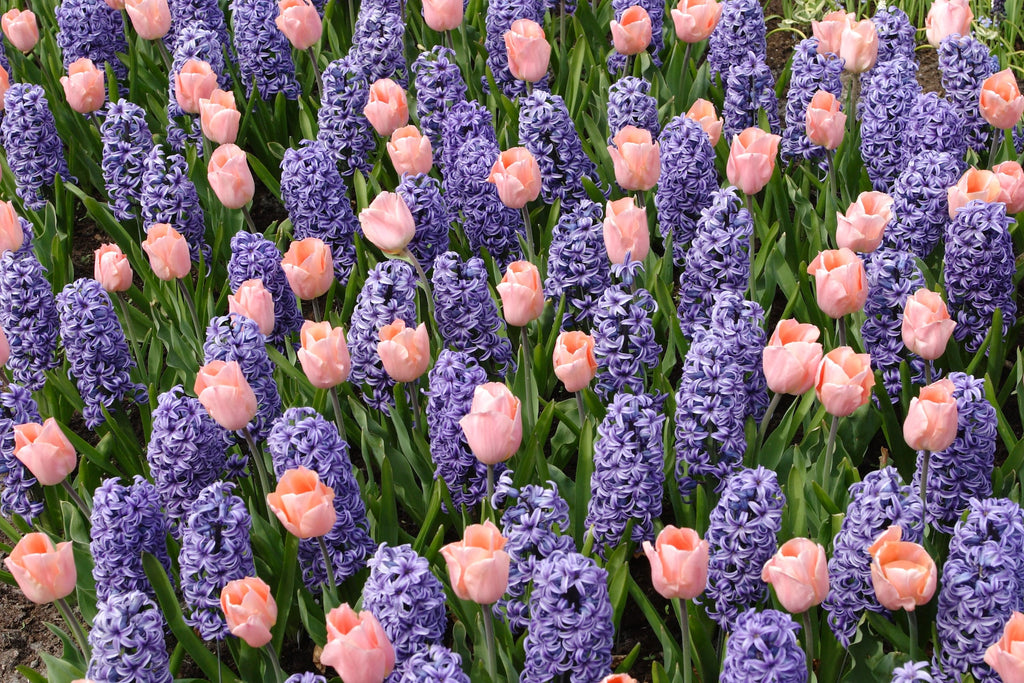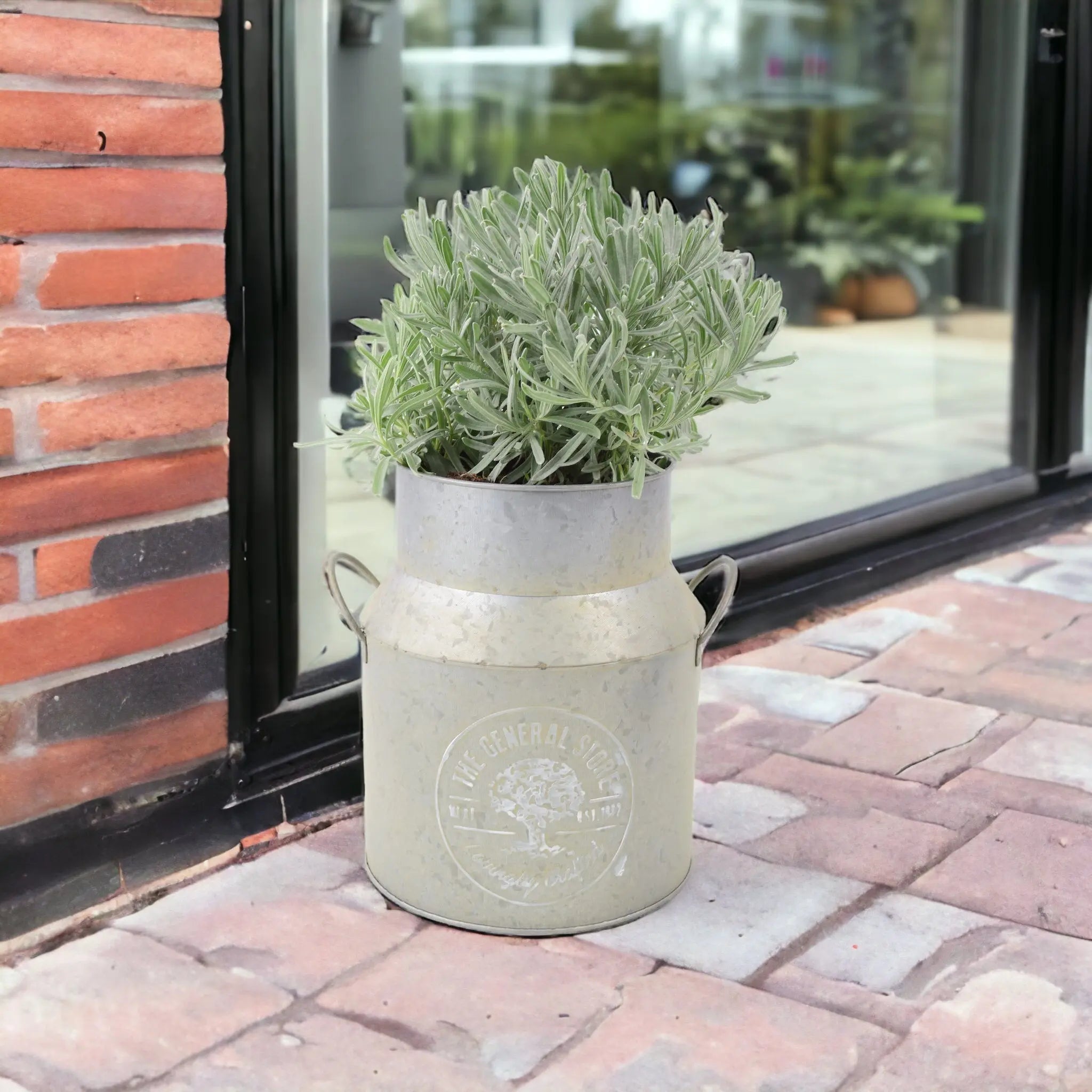Dr Green Fingers: Hyacinth Flowers

Hyacinths are a beautiful yet tricky plant to master caring for. Their bright, colourful flowers and delicious scent make them a popular plant among many passionate plant owners, so it’s important to know how to properly care for them so they can thrive year after year. Their winter flowers make them popular Christmas gifts and can brighten up those dull and dark winter days. Whether planting your hyacinths outdoors or planning on keeping them indoors, using the appropriate care methods will help you get the best out of these little bulbs.
Planting Your Hyacinth Bulbs
There are a few key steps to follow when planting your hyacinth bulbs, whether in indoor pots or your garden. You must remember to wear gloves when handling hyacinth bulbs, as they can irritate the skin.
When planting hyacinths, you must:
- Plant the bulbs in the autumn months
- Pick a sunny spot in moist soil
- Plant your bulbs at least 8cm apart (5cm if potting)
- Completely cover the bulbs with soil
- Use peat-free multi-purpose compost if potting
- Use slow-release fertiliser in the soil
Caring For Your Hyacinth Bulb After Flowering
Most people are quick to throw their hyacinths away once they are done flowering, but there is still plenty of life left in them long after their flowers have gone. With the proper care and attention, you can ensure your hyacinth blooms with beautiful flowers each year. After your bulb has flowered, it requires water about once a month to keep the soil moist but not water-logged.
Hyacinths lie dormant 8 to 12 weeks post-flowering. It is essential that once the flowers have turned brown, you deadhead the entire stalk. This will help the foliage die back properly and store energy for when it next comes to bloom. Once all the leaves have died off, it’s time to cut the entire plant back down to the soil. You should be left only with the bulb and roots. You should aim to re-pot your hyacinth or plant it outside while it is cut back to ensure it has enough room to grow throughout the following year.
Keeping Your Pets Safe Around Hyacinth Flowers
Hyacinths can pose a problem if you have pets, as their bulbs are poisonous. They contain the substance, oxalic acid which can irritate the skin if handled without gloves. The majority of spring bulbs are toxic to both animals and humans if ingested, and hyacinths are no exception. Humans are unlikely to mistake the bulbs, but animals such as cats can mistake them for vegetables like onions. If ingested, they can cause serious stomach pains and even elevate heart rate. Putting a form of pet repellent near your outdoor hyacinths will help to keep your animals safe. You should also try and keep your indoor hyacinths in a location that is out of reach to any pets to avoid any issues.
Grape hyacinths (muscari atlanticum) are different than other hyacinths however. Known for their medicinal qualities, their flowers are edible and can be enjoyed as a garnish on meals. These plants are distinctive because of their bright purple flowers, but it is important not to get them confused with other varieties of hyacinth.
How Often Should You Water Your Hyacinth?
You should aim to water your indoor hyacinths every two to three days during warmer months and once a week in the winter. They thrive in moist soil, but the water needs to be able to drain away easily to avoid water logging the soil. It is crucial that you don’t under water or over water your hyacinths if you want them to survive and bloom with beautiful flowers.
If you have planted hyacinth bulbs in your garden them you should prevent the soil from drying out by watering them when you feel they need it. Rainfall will help to keep the soil damp, so it is important not to over water them in wetter months.
Related Content
The Ultimate Reviews Guide to Sending Plants By Post
Plant Wedding Gifts: A Unique and Everlasting Expression of Love




